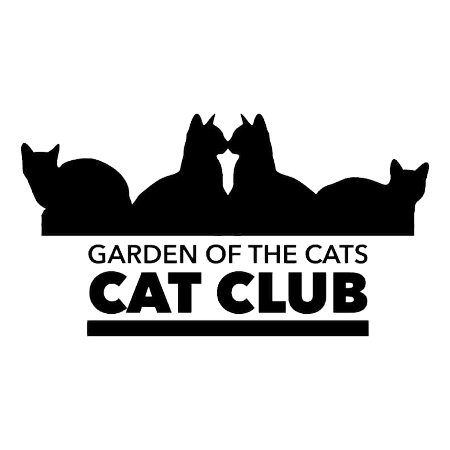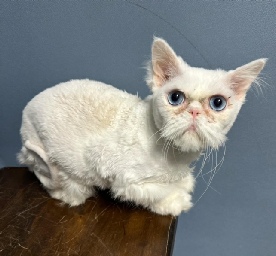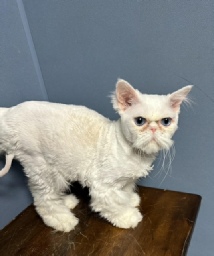According to records found at the breeder’s house and website, Atlas is a male Persian that was born on March 30, 2021. He was one of the cats found in better condition, and we believe this was because the family was caring minimally for him, while awaiting the breeder’s return from jail. It is believed that she was going to re-start her breeding program with cats hidden by the family, and being one of the “studs” of her program, Atlas had value. However, he was still found malnourished, underweight, and matted to the point that all of his hair had to be shaved off.
Atlas was in the care of a volunteer foster parent in Iowa, who saw to his medical care and recovery. He has since regained most of his weight and was scheduled for his neuter, vaccinations and microchip on December 30, 2024; at which time, he was to become available for adoption. However, Atlas experienced a setback with his latest lab results. Everything appeared normal except his ALT is showing very high, which can indicate liver damage. Atlas will have to go through a 12 hour fast before his next test to determine what is throwing off his ALT levels. At this time, Atlas’s neuter has been postponed.
Atlas’s foster parent reports that he will be timid at first but then very affectionate. He loves cuddles. If introduced slowly, Atlas can get along with other cats. He will need someone with experience with Persians or heavily coated, long haired cats, to ensure that he gets proper grooming of his coat and eye care. He will need a diet specialized for Persians.
Atlas will not need any additional medical care related to his experience in that horrible living situation.
Many people were interested in adopting Atlas and our adoption specialist picked the perfect home for him to go to. Atlas is waiting for the vet to medically clear him and to be neutered, vaccinated, and microchipped before he goes home to his new family.
We are happy to see that Atlas will be loved for many years to come.
We still have cats that are looking for their permanent loving home. Please see the other cats to see if they are a great fit for you or your family.




